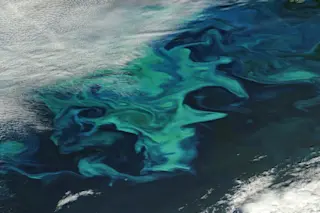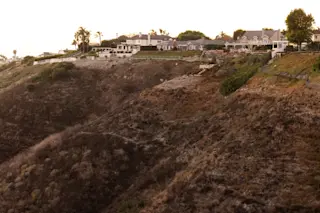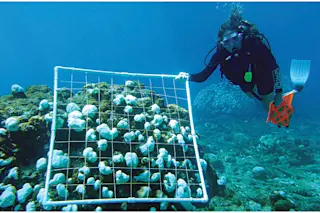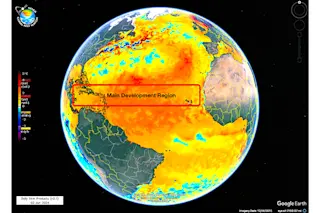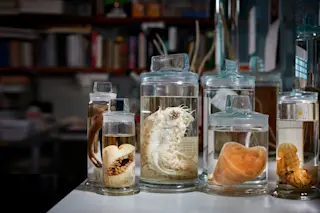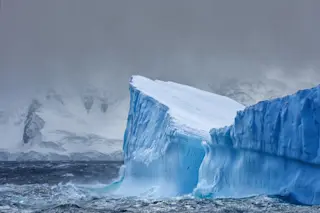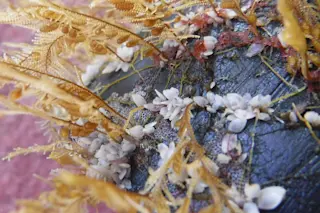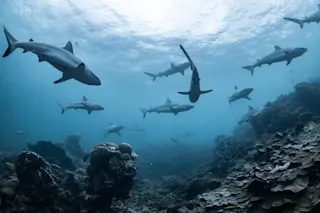The Moderate Resolution Imaging Spectroradiometer (MODIS) on NASA’s Terra satellite acquired this image of a large phytoplankton bloom just south of Iceland on June 3, 2016. (Source: NASA Worldview. Note: This version is enhanced a little to bring out details in the swirling eddies. See below for specifics.) Billions of tiny plant-like organisms have painted the seas in a swirling pattern reminiscent of Vincent Van Gogh's famous painting, The Starry Night. It's part of an annual event — a bloom of phytoplankton that spreads north in the Atlantic Ocean, peaking in late spring. On June 3, the clouds parted just enough south of Iceland to reveal part of this year's bloom to NASA's Terra satellite. Using photosynthesis to capture solar energy, phytoplankton form the basis of marine food webs. In the North Atlantic, they are so prolific that they help make Icelandic waters among the most productive fisheries in the ...
eARTh: The North Atlantic Ocean comes alive in beautiful blue and green swirls of painterly phytoplankton
Explore the stunning phytoplankton bloom south of Iceland captured by NASA's Terra satellite, enhancing marine food webs.
More on Discover
Stay Curious
SubscribeTo The Magazine
Save up to 40% off the cover price when you subscribe to Discover magazine.
Subscribe

